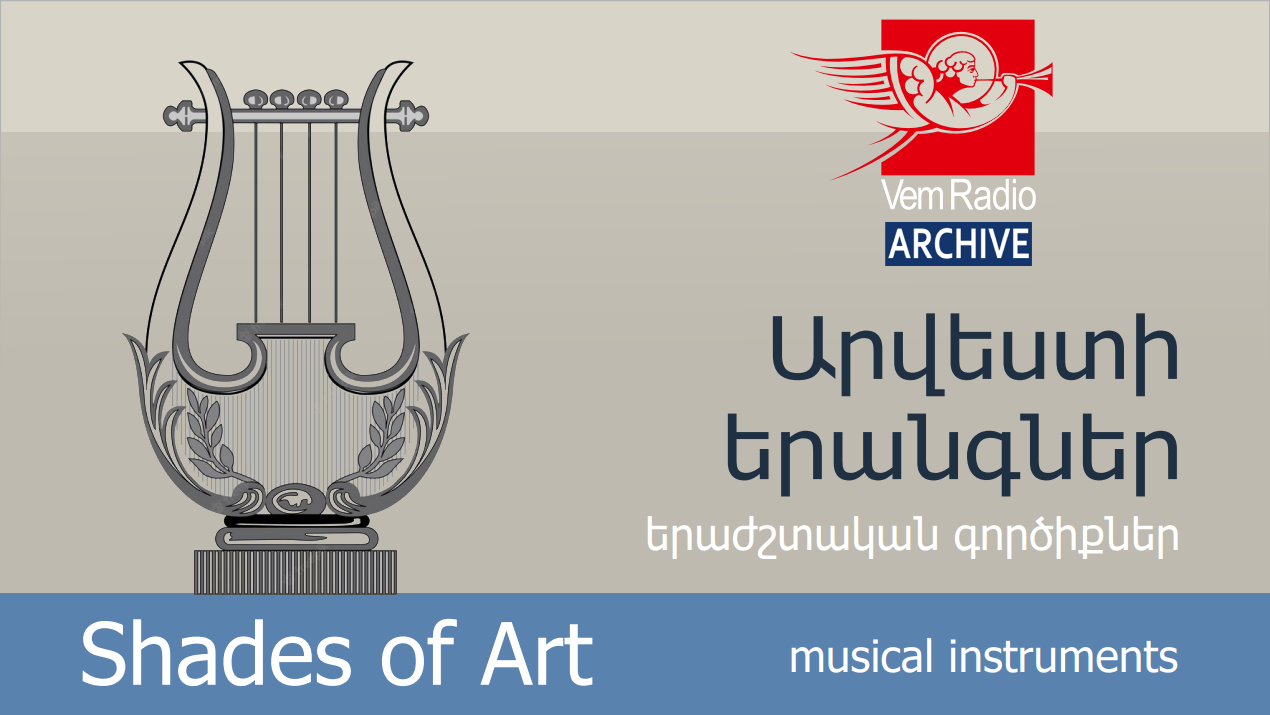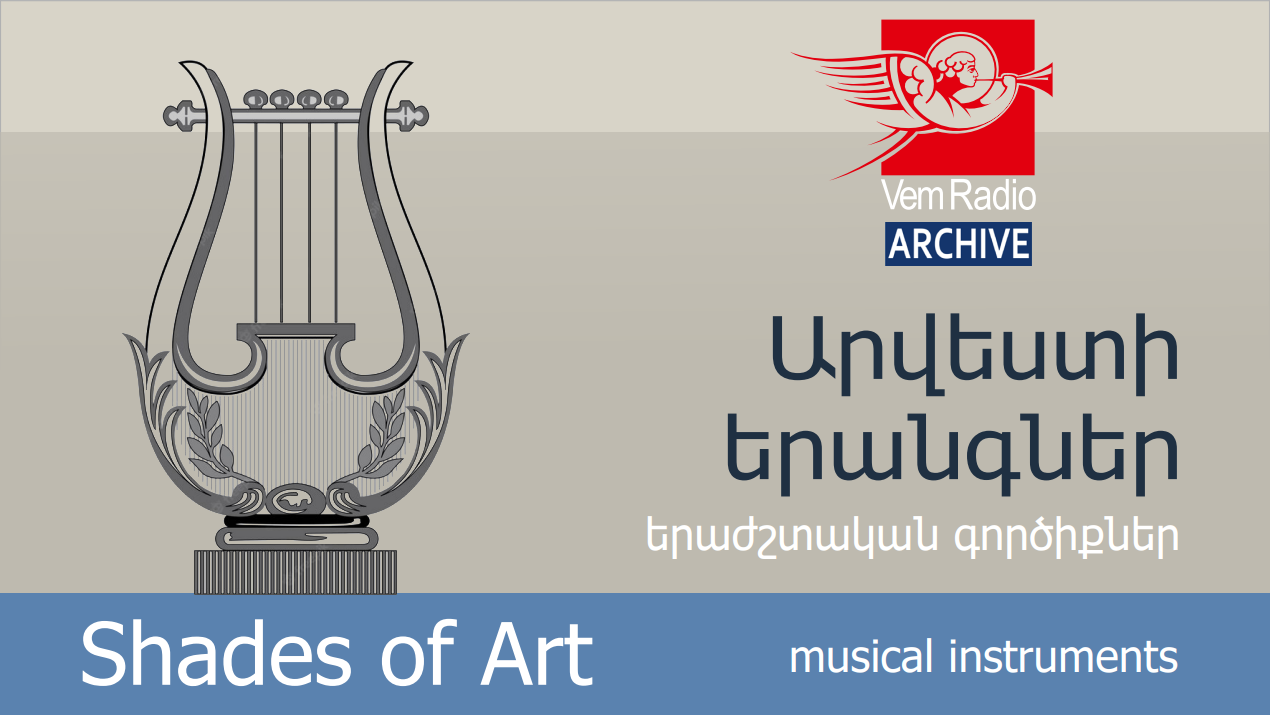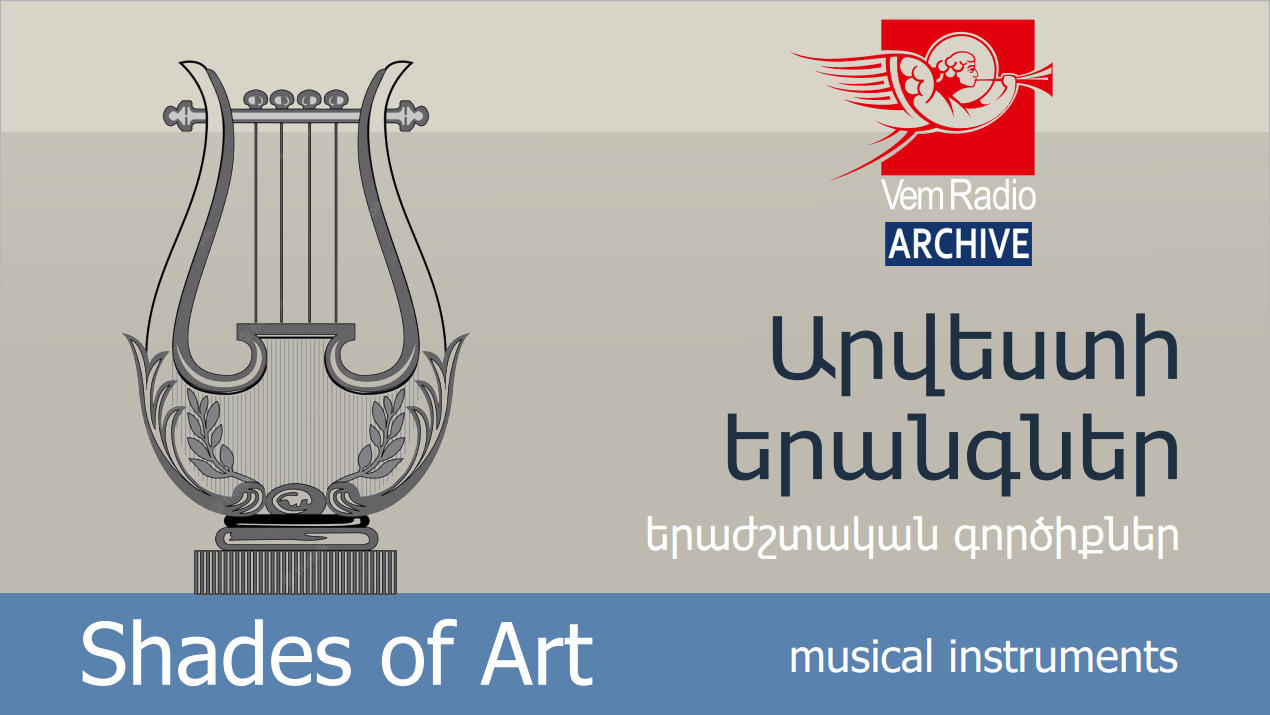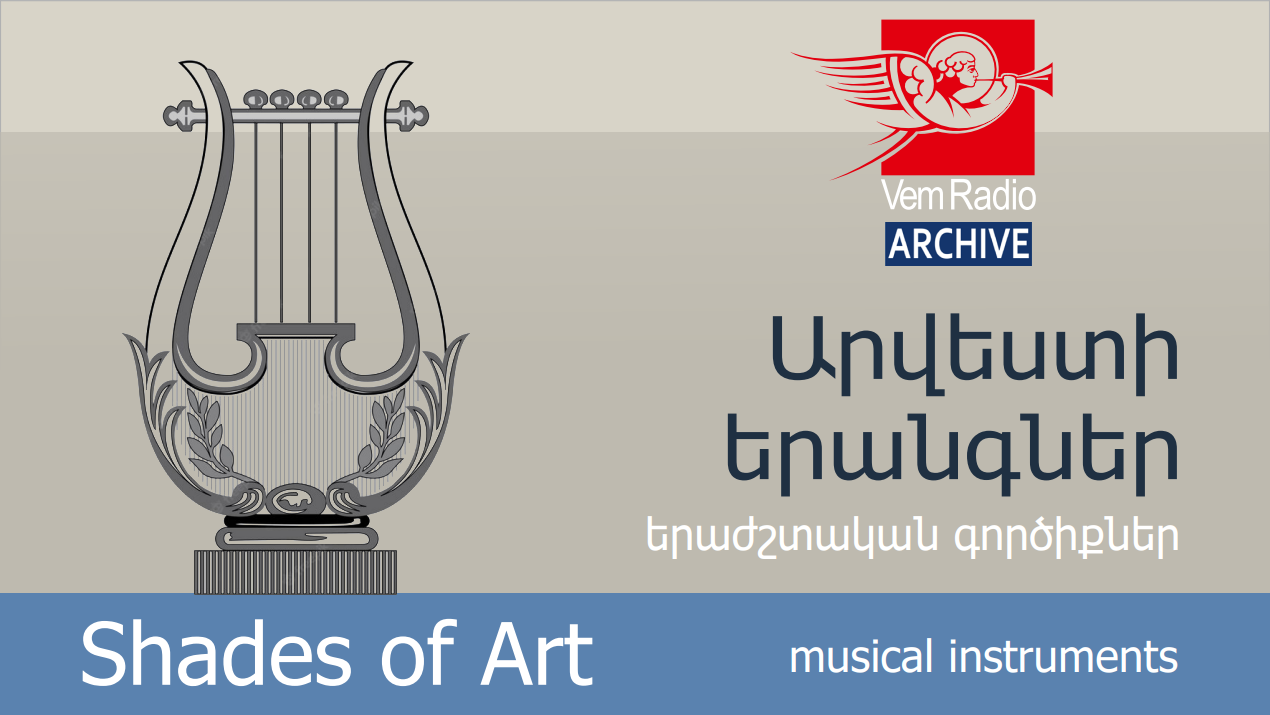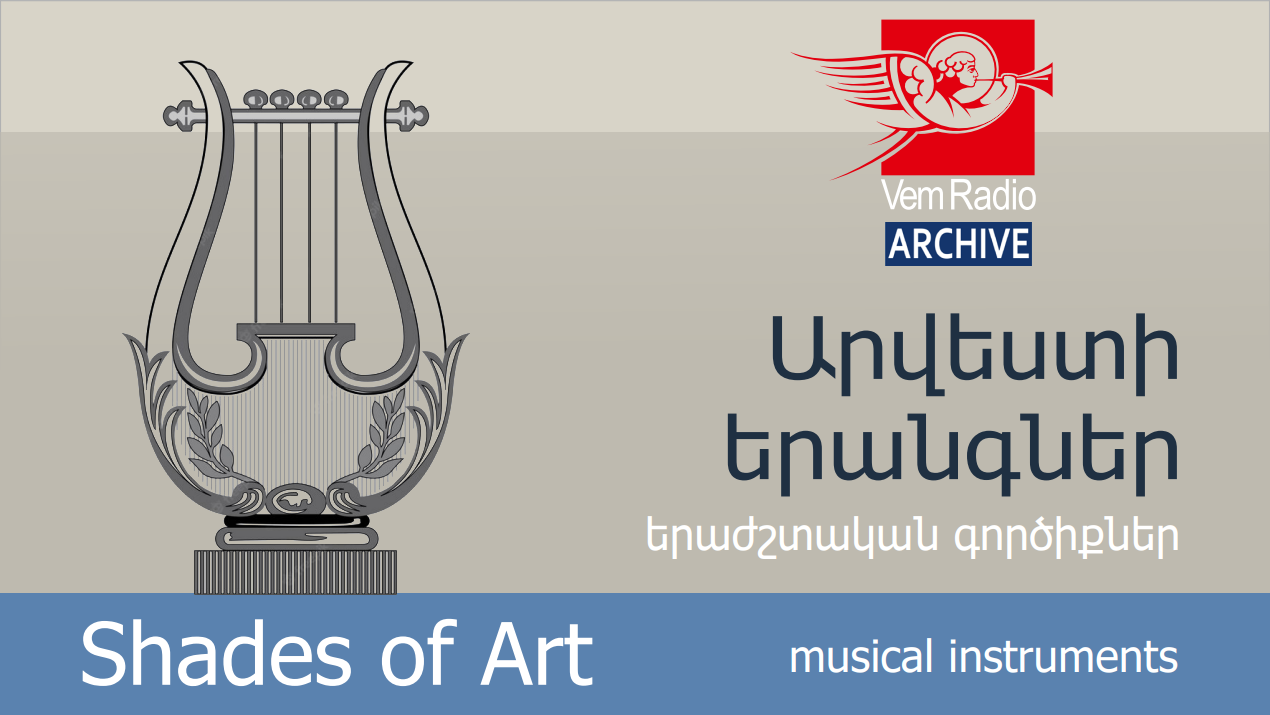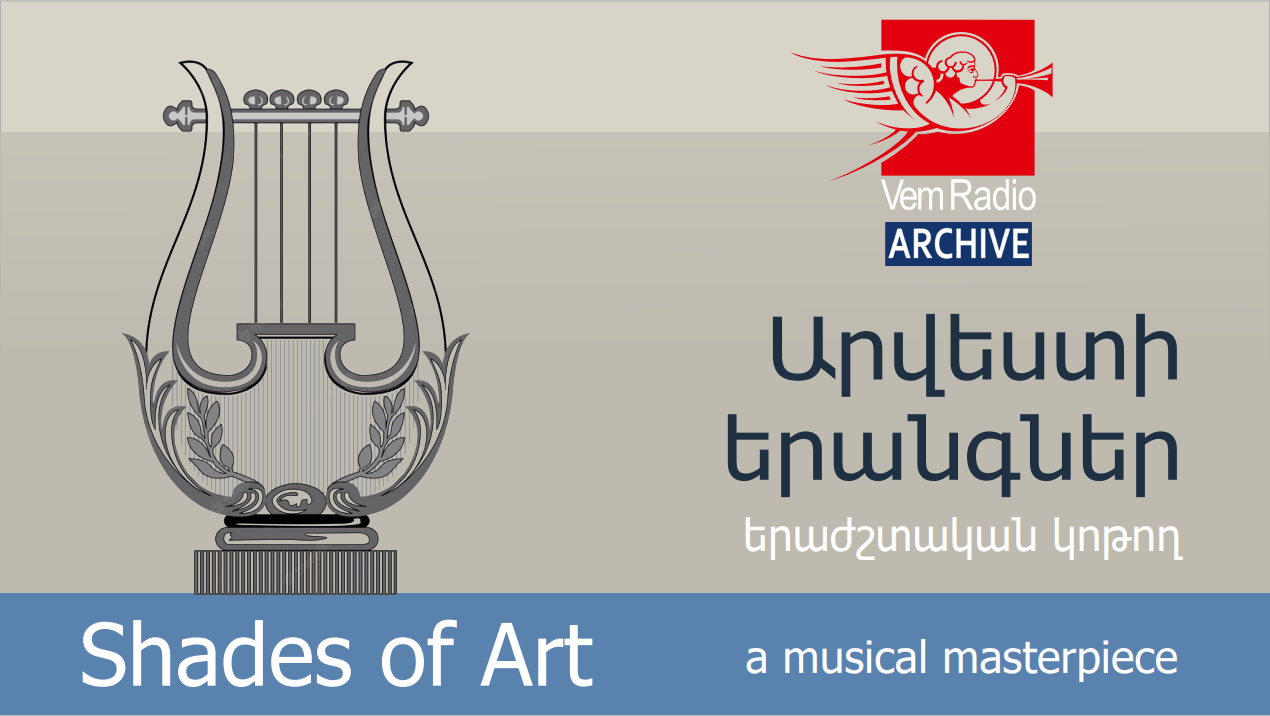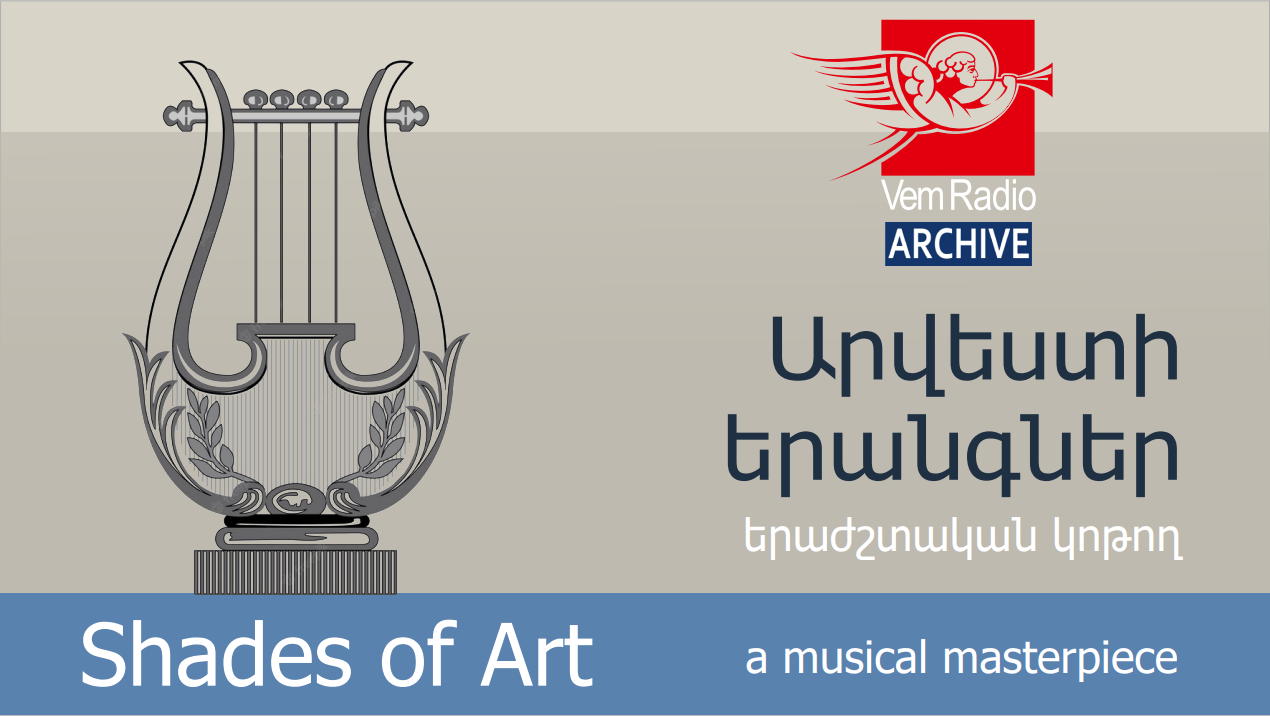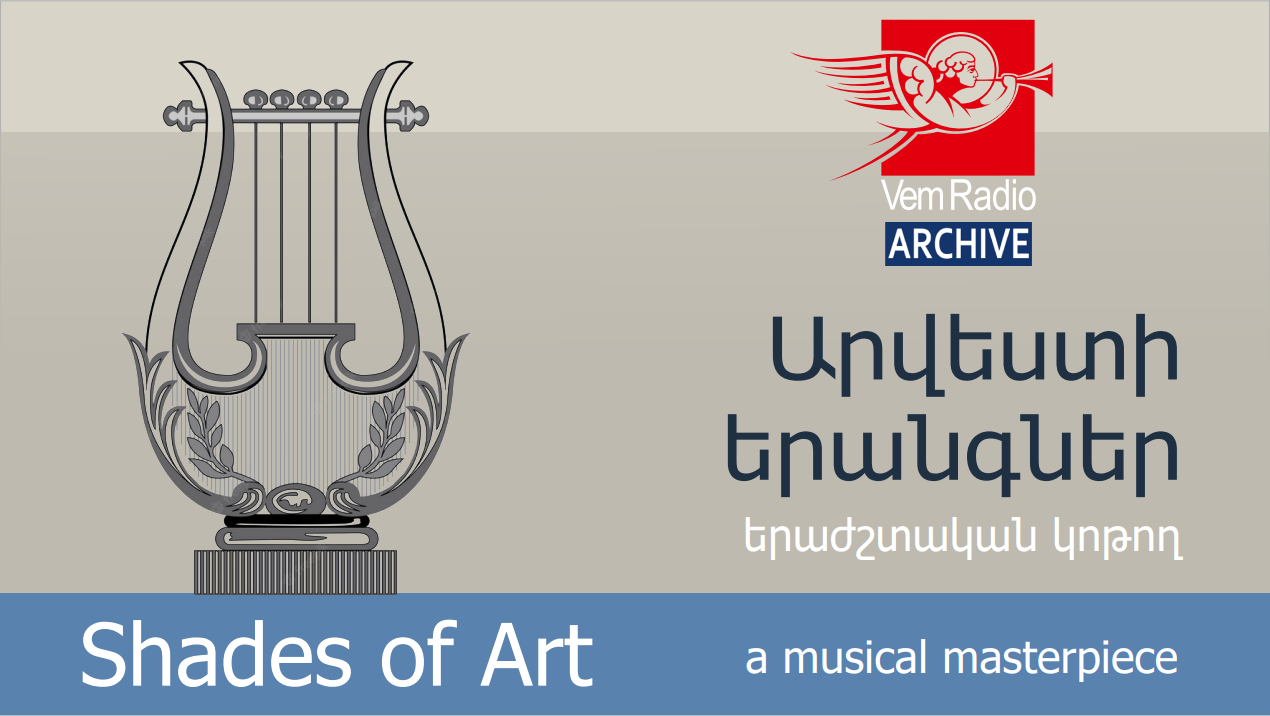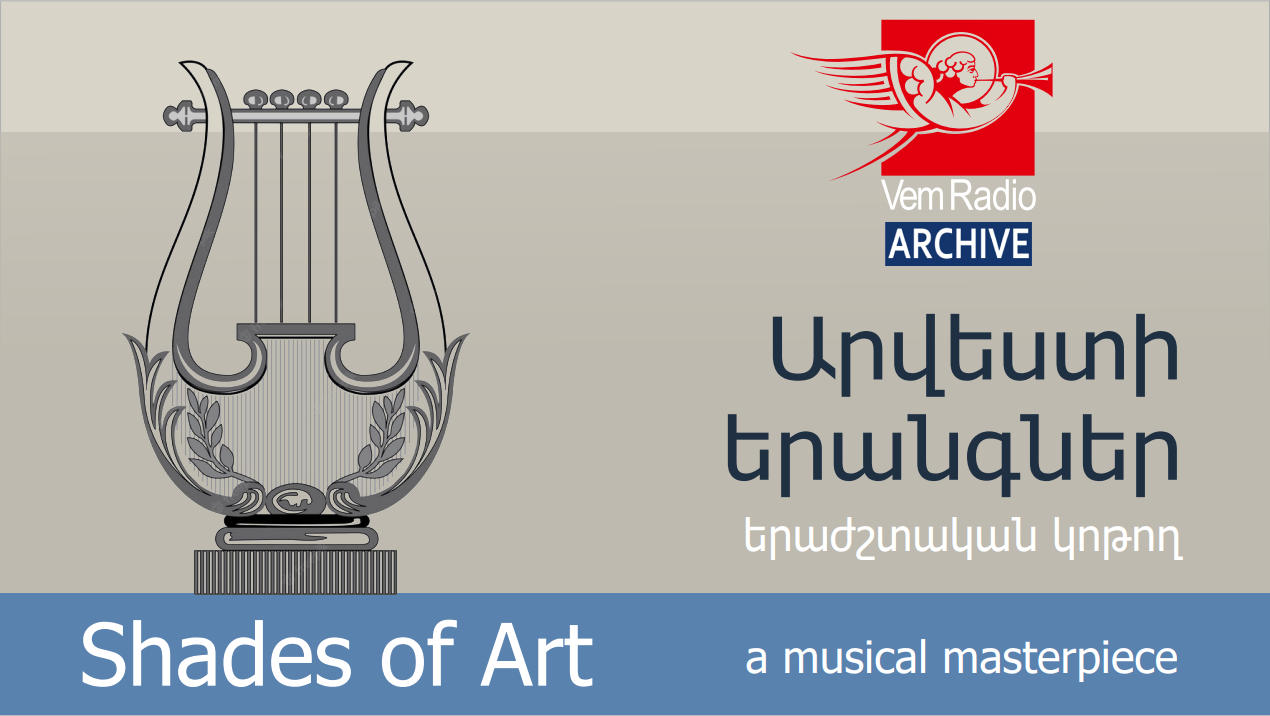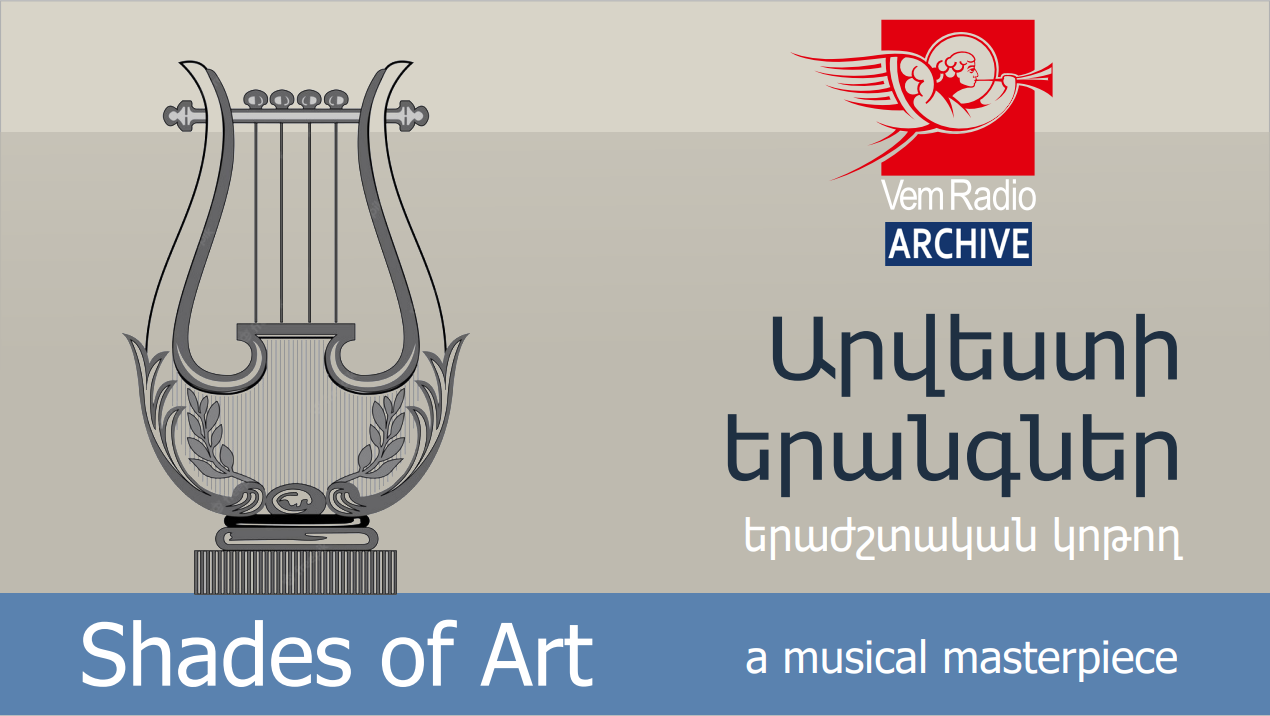
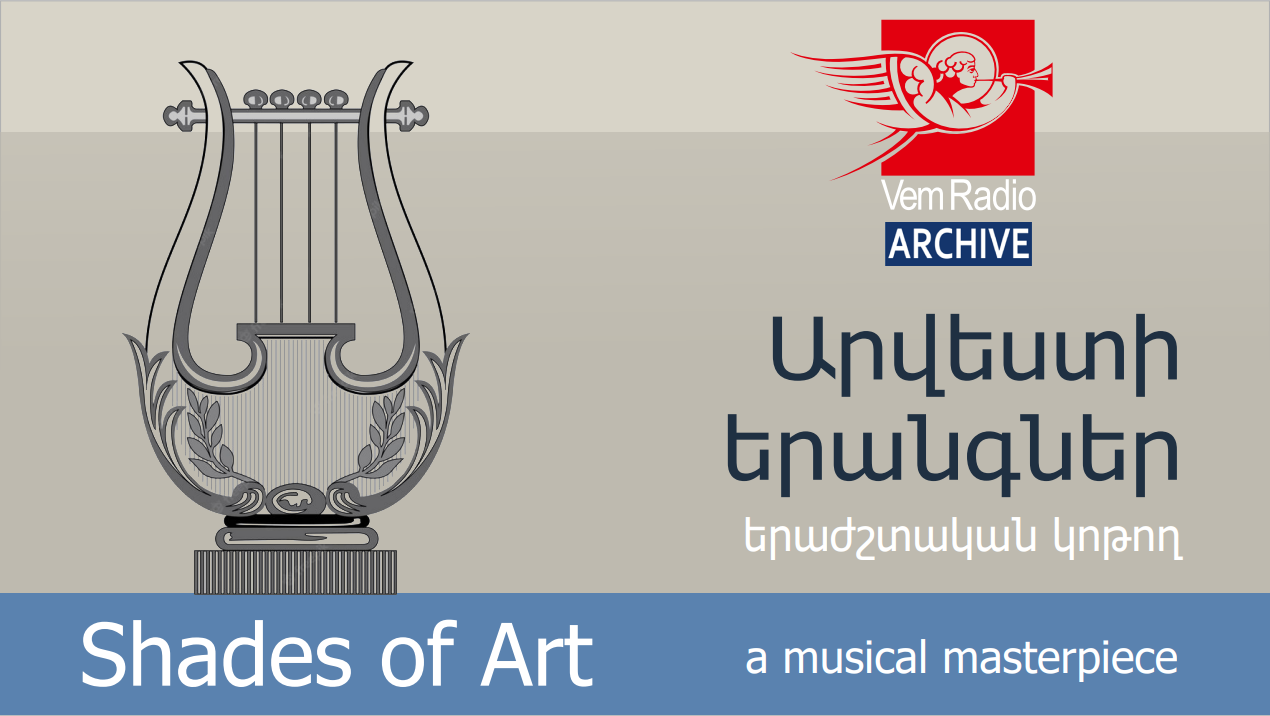
Shades of Art
The history behind the creation of great musical masterpieces.
The evolution of music and the creation of musical instruments.
The history of classical and folk dances.
- Host - Tatevik Tananyan

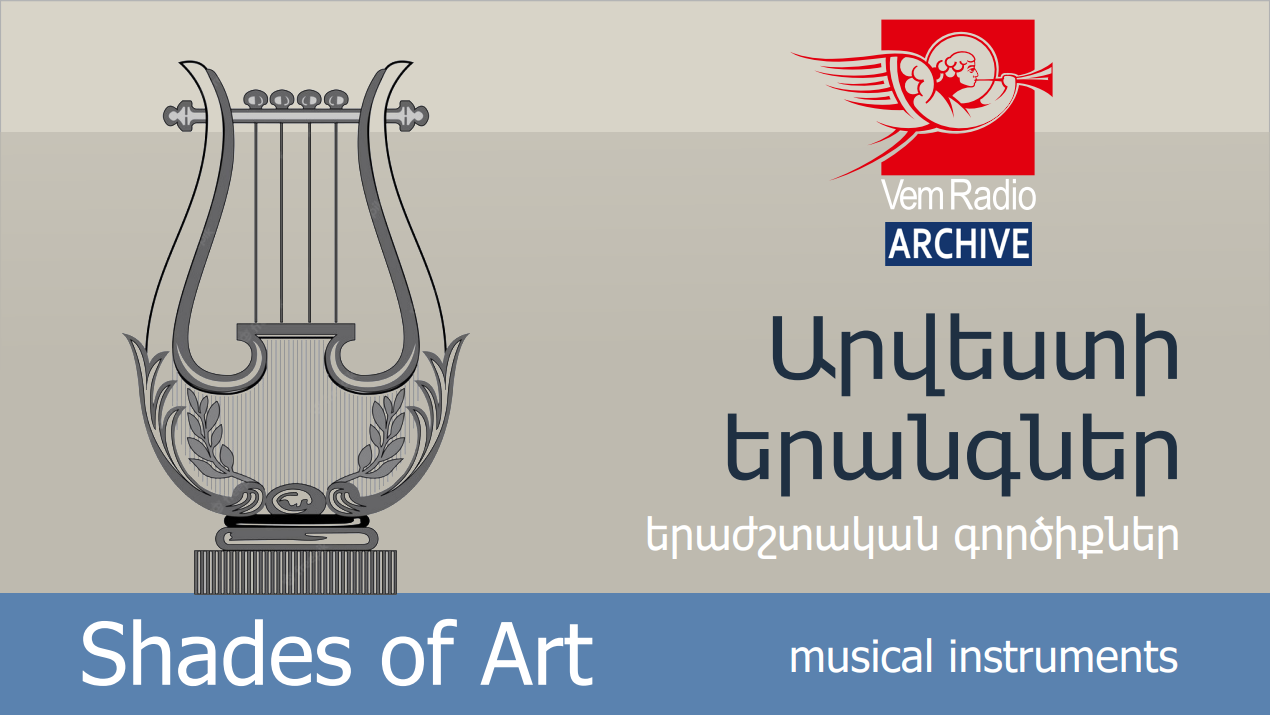
Exploring the Cultural Narratives of Ancient Egypt and Greece
In our preceding broadcast, we delved into the origins of music and the creation of primitive musical instruments. Today, our focus shifts to the pivotal role that music played in the tapestry of ancient civilizations, with a closer examination of its significance in both Ancient Egypt and Ancient Rome.

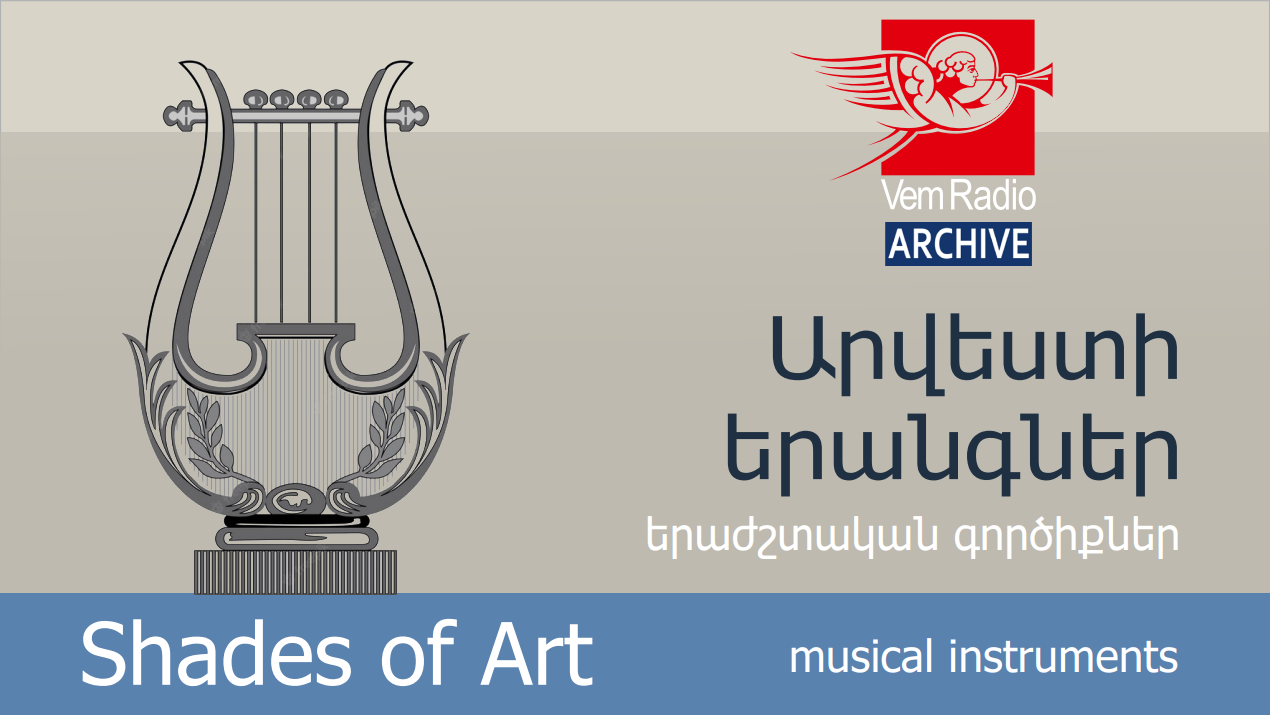
The Genesis of Music
In our upcoming programs, we will explore the history of music and the creation of musical instruments. But today, we will try to understand why and how the human being began to create music—or more precisely, primitive sounds that, over time, evolved into a powerful means of human self-expression.

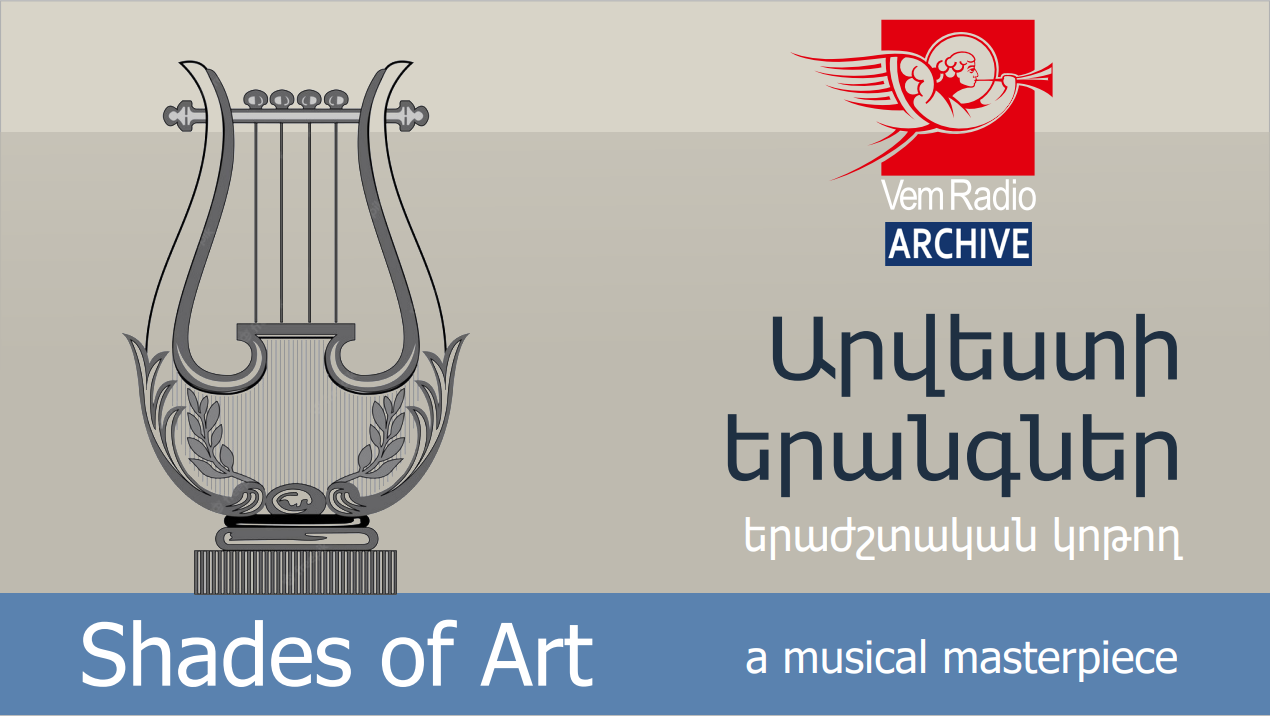
In Memory of Napoleon Bonaparte
Beethoven's Heroic Symphony marked a significant epoch in European symphonism, propelling the genre to unprecedented heights of innovation. Crafted during a psychologically challenging period for the composer, the Symphony stands as a testament to Beethoven's resilience and artistic brilliance.
Concluding this broadcast, you will have the opportunity to experience the 1st and the 2nd movements of the Symphony, performed by the Berlin Philharmonic Orchestra under the direction of Herbert von Karajan.

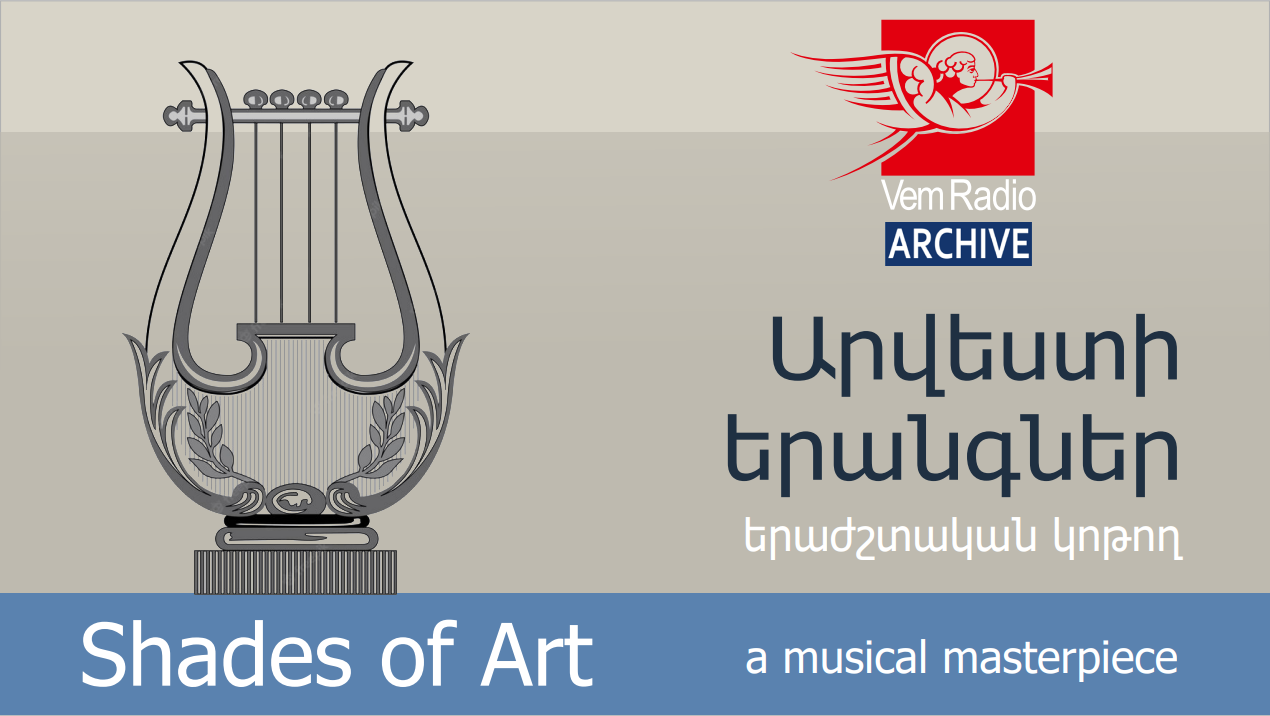
From Poverty to Slavonic Dances
Today's program is devoted to exploring the history behind the creation of Antonín Dvořák's Slavonic Dances. As we delve into the origins and inspirations that shaped this masterpiece, we invite you to savor the performance by the Cleveland Symphony Orchestra, conducted by the maestro George Szell, which awaits you at the conclusion of our broadcast.

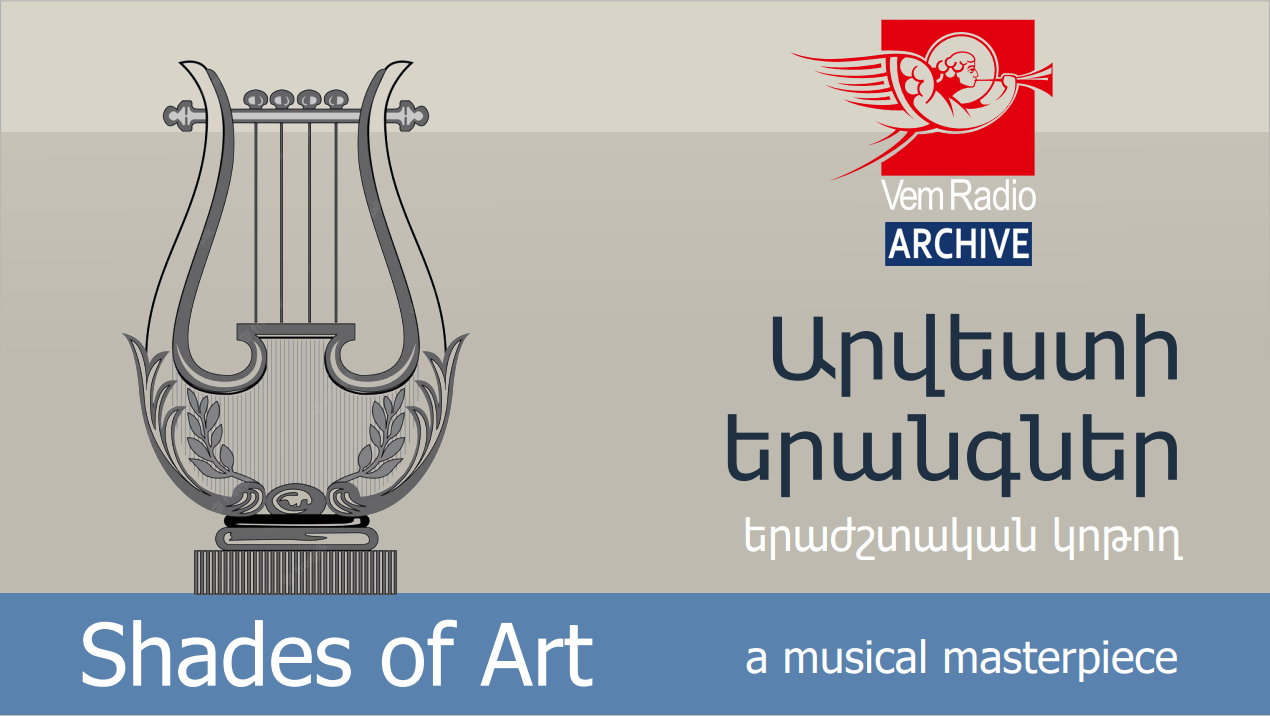
Oginski's "Farewell" to Homeland
The Polish composer Michał Ogiński’s polonaise "Farewell to the Homeland" is considered one of the musical symbols of modern Poland. At one point, there was even a proposal to make it the national anthem, but the idea was abandoned due to the complexity of the melody, which makes it difficult to sing.

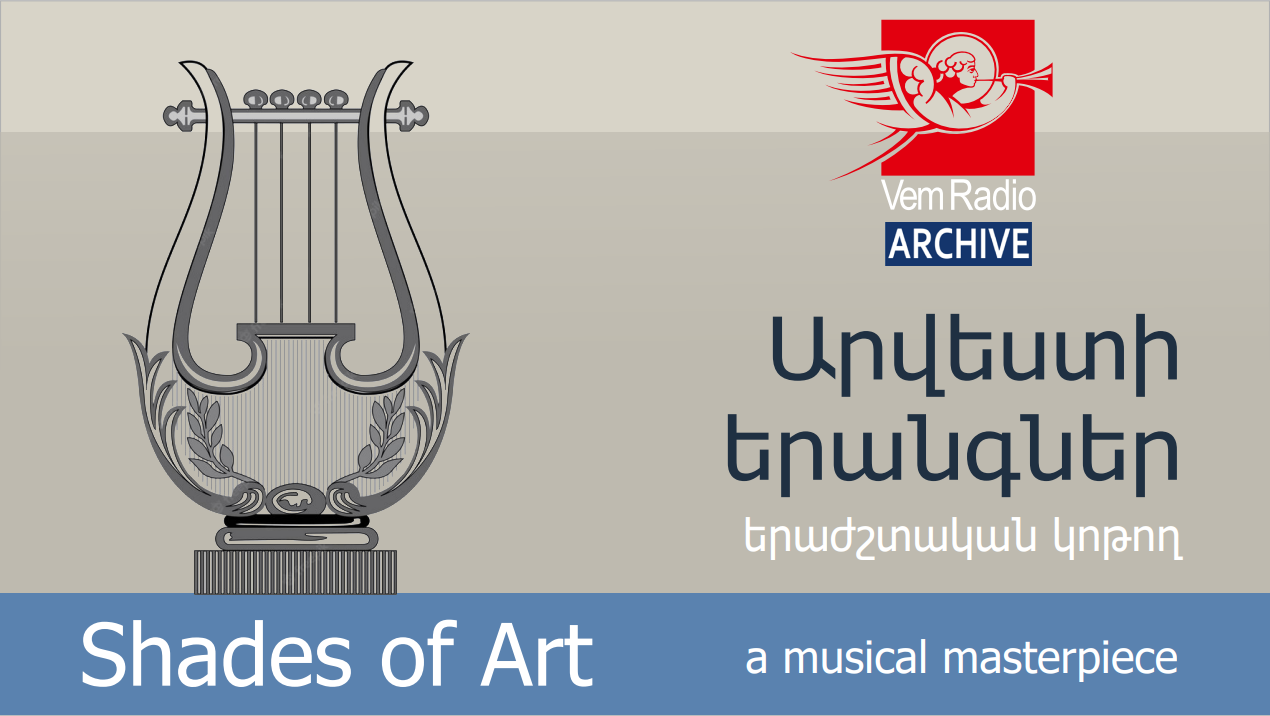
The Story of the "Living" Swan
Since ancient times, people have woven legends and myths about the swan, considering it a symbol of purity and grandeur. Its beauty inspired a number of writers, artists and composers, including the French composer Camille Saint-Saëns. Today's broadcast is about the movement "Swan" from his Suite "The Carnival of the Animals."

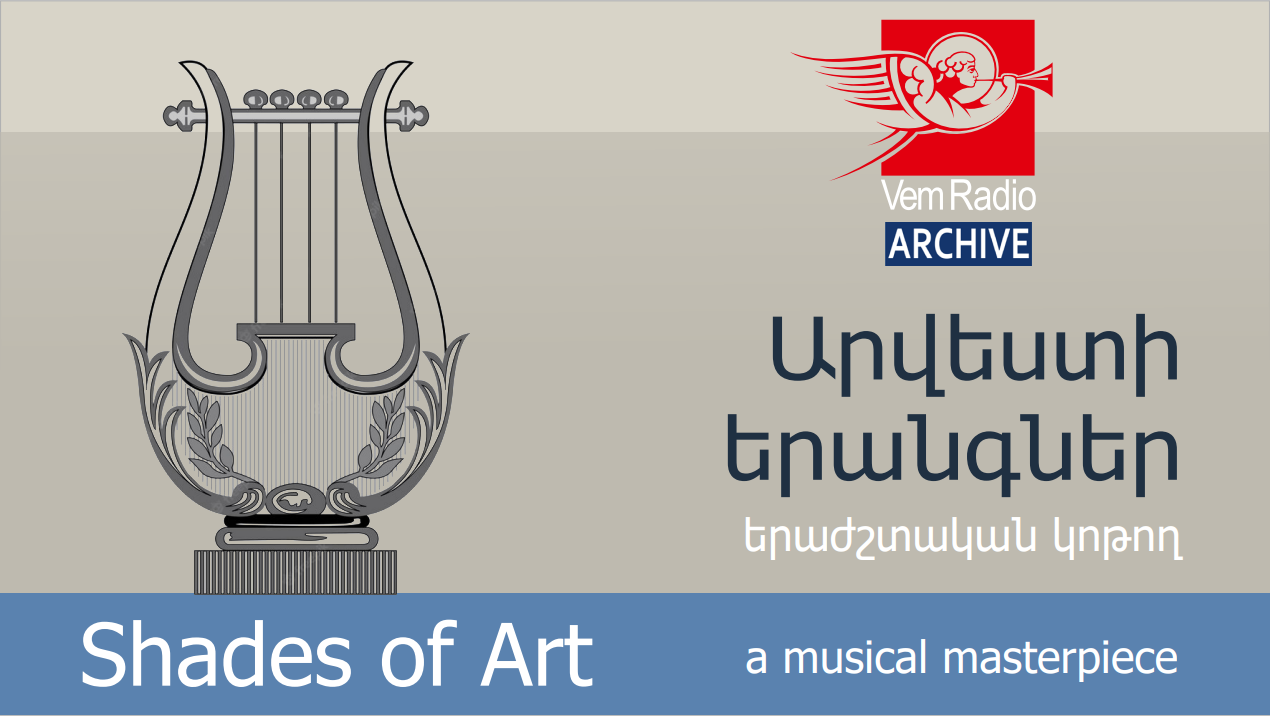
Carl Orff's "Wheel of Fortune"
Benediktbeuern Abbey (or Beuern), a medieval monastery of the Benedictine Order, in Benediktbeuern in Bavaria, Germany. For many years, its monks have collected and preserved books of different content. The most popular among these books is perhaps "Carmina Burana," which, translated from Latin, means "Songs from Beuern." The poems of the collection became popular especially thanks to the famous cantata "Carmina Burana" by German composer and educator Carl Heinrich Maria Orff.

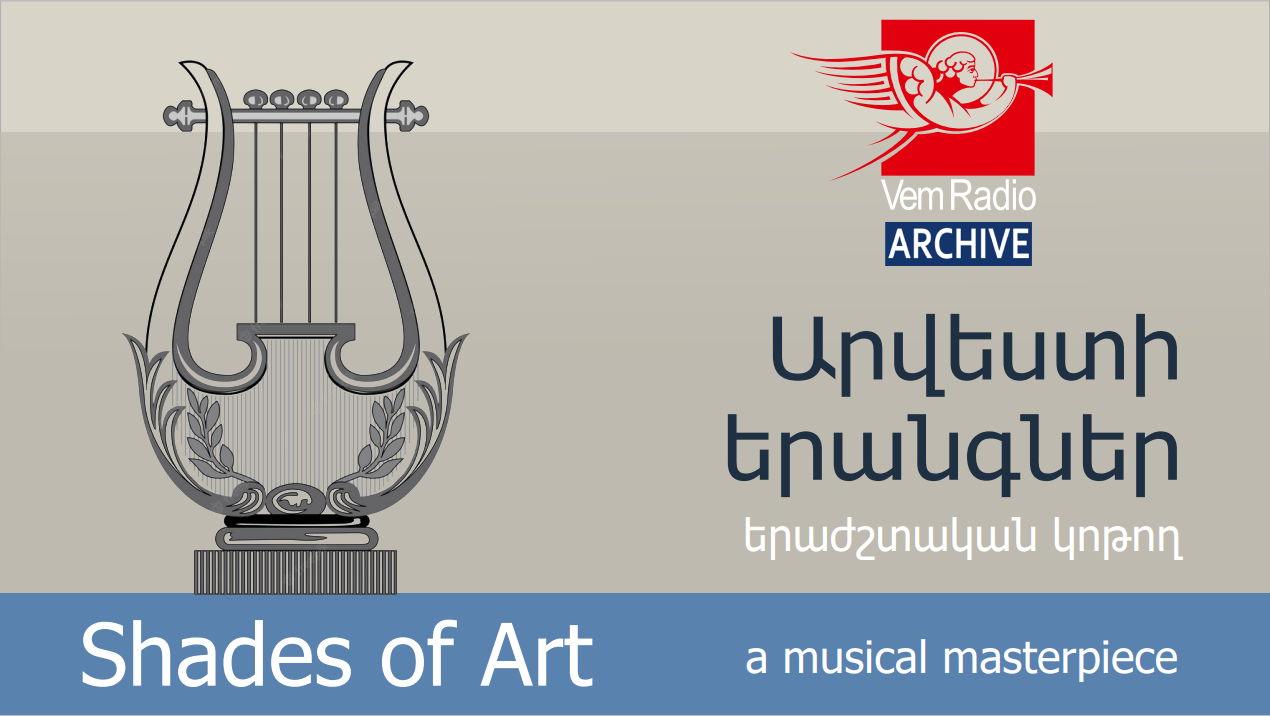
Ballet for Laborers
In this program, we explore the history of the Bolero, a national Spanish dance that originated in the second half of the 18th century. Discover how the Bolero became immensely popular in the 19th century, even influencing musical theater and being integrated with the principles of classical ballet.

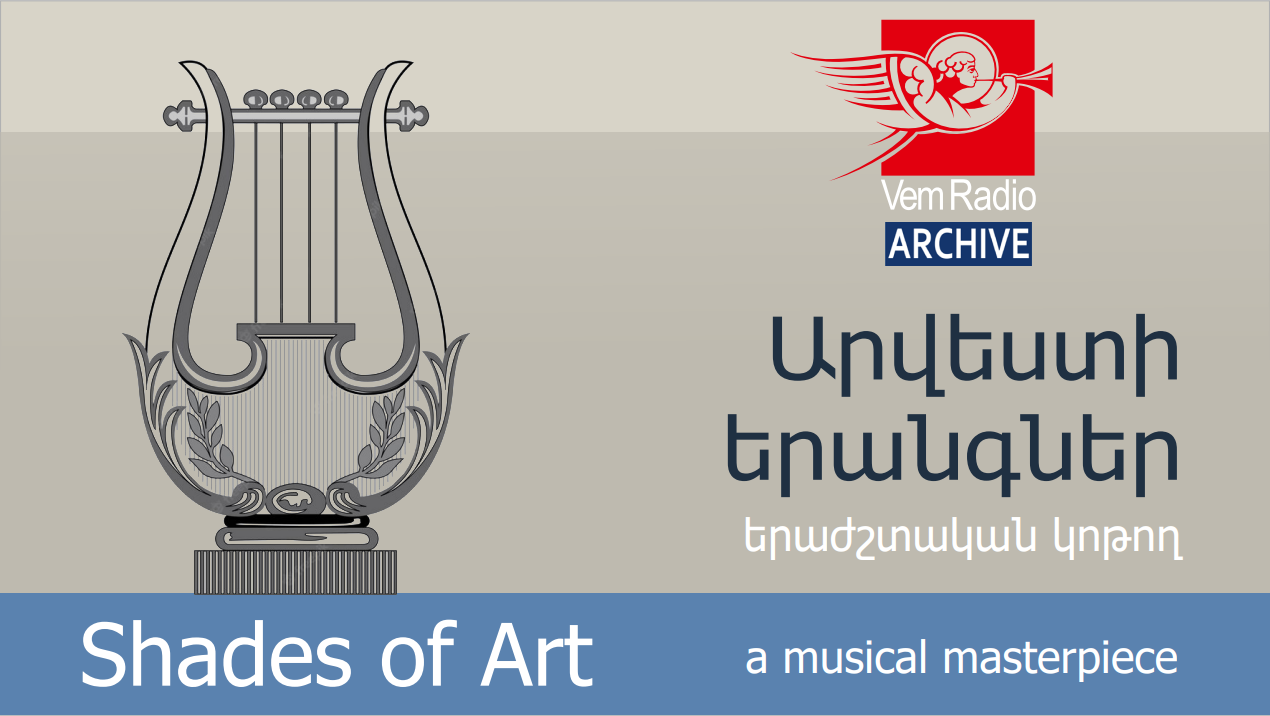
Pergolesi's Immortal Legacy
In 1735, the talented composer, violinist, and organist Giovanni Battista Pergolesi moved from Naples, where he had been living and working, to a Franciscan monastery in the nearby small town of Pozzuoli. This decision was driven by his battle with tuberculosis, a disease that ultimately claimed his life on March 16, 1736, when he was just 26 years old. During this fateful year, Pergolesi composed one of his most significant and enduring works, the Stabat Mater cantata in F minor.

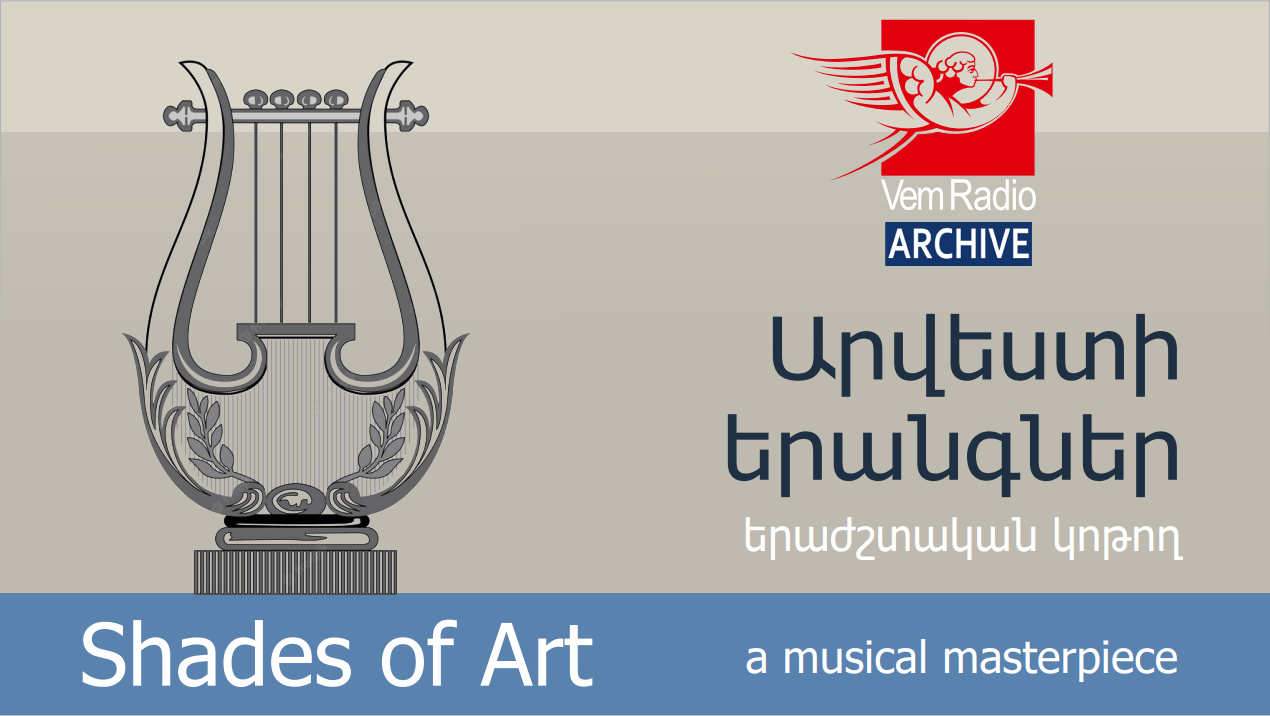
The Course of the Vltava River
The Vltava River, spanning approximately 430 kilometers, is the Czech Republic's longest river and serves as the left tributary of the Elbe. Throughout the history of the Czech lands, this river has held a distinctive and integral role in the country's existence. The symphonic poem "Vltava" composed by the renowned Czech musician Bedřich Smetana stands as the unofficial anthem of the nation.
Today's broadcast is dedicated to the fascinating history behind the creation of this magnificent masterpiece.
